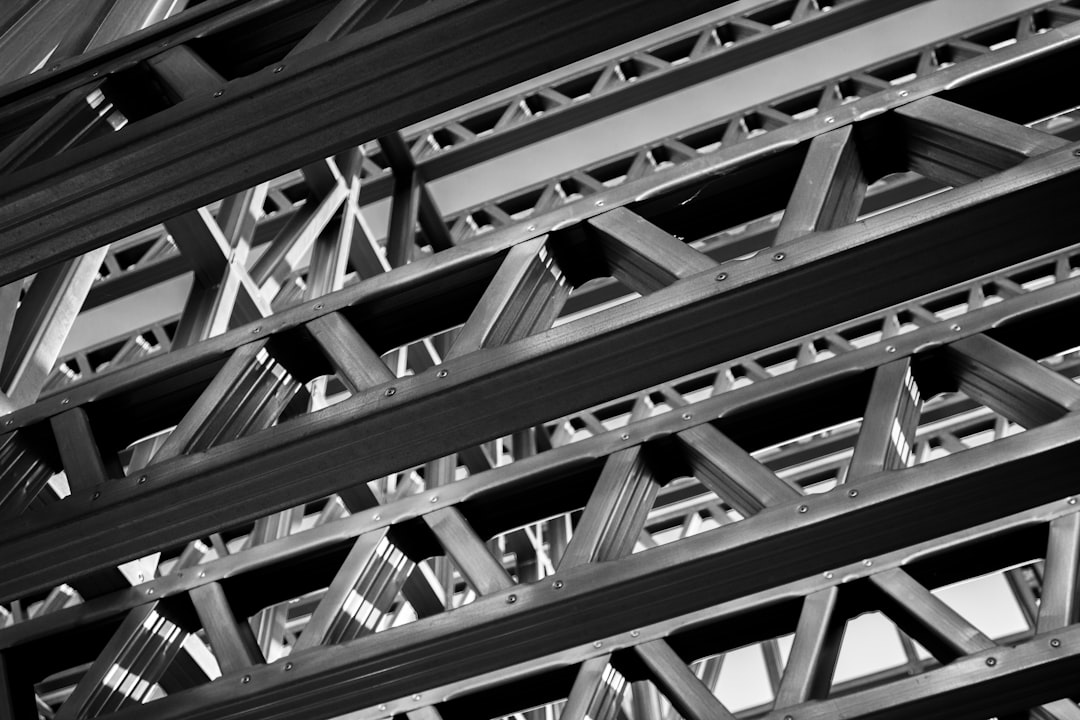High-Performance Engineering Analysis (HEA) profiles are crucial for designing and analyzing heavy load structures that must withstand extreme forces and environmental conditions. This comprehensive guide delves into the intricacies of HEA profiles, exploring key aspects to ensure structural integrity and longevity. Understanding these principles is vital for engineers tasked with creating robust and reliable structures in diverse applications, from bridges and skyscrapers to offshore platforms and heavy machinery.
1. Understanding the Fundamentals of HEA in Heavy Load Structures
HEA profiles, often implemented through Finite Element Analysis (FEA), involve a sophisticated approach to structural analysis. Unlike simpler methods, HEA considers a multitude of factors, including complex geometries, material nonlinearities (e.g., plasticity, creep), and various loading conditions. For heavy load structures, this comprehensive approach is essential because neglecting these complexities can lead to inaccurate predictions and potential catastrophic failures. The analysis typically involves creating a detailed digital model of the structure, applying realistic loads and boundary conditions, and then solving the resulting equations to determine stresses, strains, displacements, and other critical parameters. Different software packages, such as ANSYS, Abaqus, and Nastran, are commonly employed for this purpose. The accuracy of the HEA profile depends heavily on the quality of the input data, including material properties, geometry definition, and load representation.
2. Material Selection: A Cornerstone of Robust HEA Profiles
The choice of material significantly impacts the performance and longevity of heavy load structures. HEA profiles allow for detailed investigation of material behavior under extreme stress. For instance, high-strength steels, advanced composites, and specialized alloys might be considered, each with its own unique properties and limitations. The HEA process allows engineers to evaluate the stress-strain relationship of different materials under various loading scenarios, predicting failure points and optimizing material usage for maximum efficiency. Factors like yield strength, ultimate tensile strength, fatigue resistance, and fracture toughness are crucial parameters considered during material selection. Furthermore, the HEA profile can account for material degradation over time due to factors like corrosion or fatigue, providing a more realistic assessment of the structure’s long-term performance.
3. Identifying and Mitigating Critical Failure Modes
Heavy load structures are susceptible to various failure modes, including yielding, fracture, buckling, and fatigue. HEA profiles are instrumental in identifying these potential failure points. By simulating different loading scenarios and analyzing stress distributions, engineers can pinpoint areas of high stress concentration and potential weaknesses. This allows for proactive design modifications, such as adding reinforcement, changing geometry, or employing different materials to mitigate the risk of failure. For instance, FEA can reveal stress hotspots that might lead to fatigue cracks, prompting the use of fatigue-resistant materials or design modifications to reduce cyclic stresses. Understanding the specific failure modes relevant to the application is critical for creating effective HEA profiles that ensure structural integrity.
4. Design Optimization Techniques within the HEA Framework
HEA profiles are not simply about analysis; they also facilitate design optimization. By iteratively modifying the design and re-running the analysis, engineers can refine the structure to achieve optimal performance while minimizing material usage and cost. Topology optimization, a powerful technique within the HEA framework, allows for the automated generation of designs that are optimally suited for a given set of loading conditions and constraints. Shape optimization refines existing designs by adjusting their geometry to reduce stress concentrations and improve overall performance. Size optimization focuses on adjusting the dimensions of structural elements to meet performance requirements efficiently. These optimization techniques, integrated within the HEA process, lead to lighter, stronger, and more cost-effective structures.
5. Advanced Considerations: Nonlinearity, Dynamics, and Environmental Effects
While basic HEA profiles may consider linear elastic material behavior, many real-world scenarios demand a more sophisticated approach. Nonlinear material behavior, such as plasticity and creep, significantly affects the response of heavy load structures. HEA profiles can incorporate these nonlinearities to provide more accurate predictions, especially under extreme loading conditions. Dynamic loading, such as seismic activity or impact forces, requires specialized HEA techniques to capture the transient response of the structure. Furthermore, environmental factors like temperature variations, corrosion, and wind loading must be incorporated into the analysis to ensure the long-term reliability of the structure. Advanced HEA profiles integrate these complex factors for a holistic assessment of structural performance.
In conclusion, High-Performance Engineering Analysis profiles are indispensable tools for designing and analyzing heavy load structures. By incorporating advanced modeling techniques, material considerations, failure mode assessments, and design optimization, engineers can create robust, reliable, and efficient structures capable of withstanding extreme conditions. The continuous evolution of HEA methodologies ensures that these structures meet the ever-increasing demands of modern engineering challenges.
SEO-Friendly Tags:
- HEA Profiles
- Heavy Load Structures
- Structural Analysis
- Finite Element Analysis (FEA)
- Design Optimization




